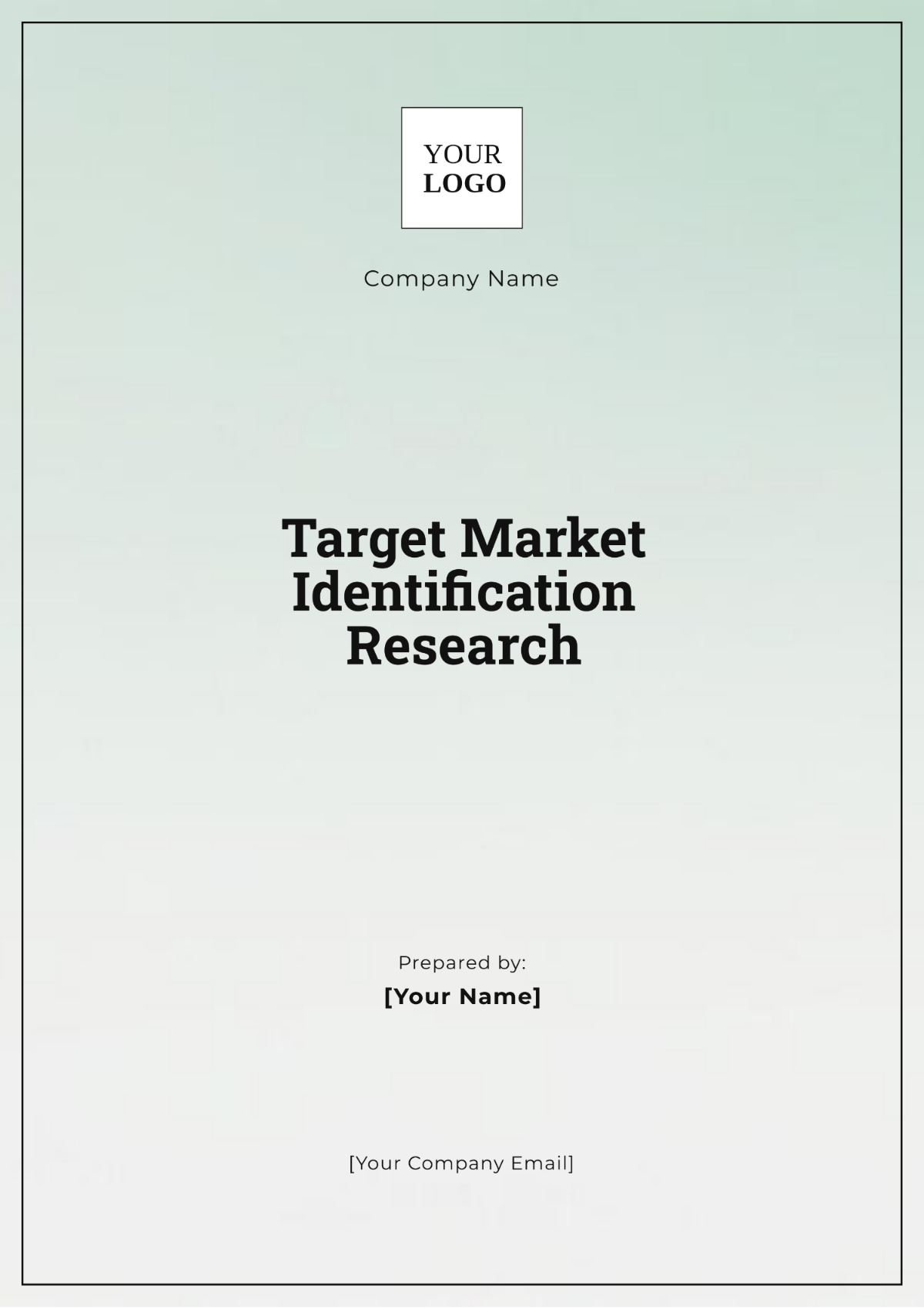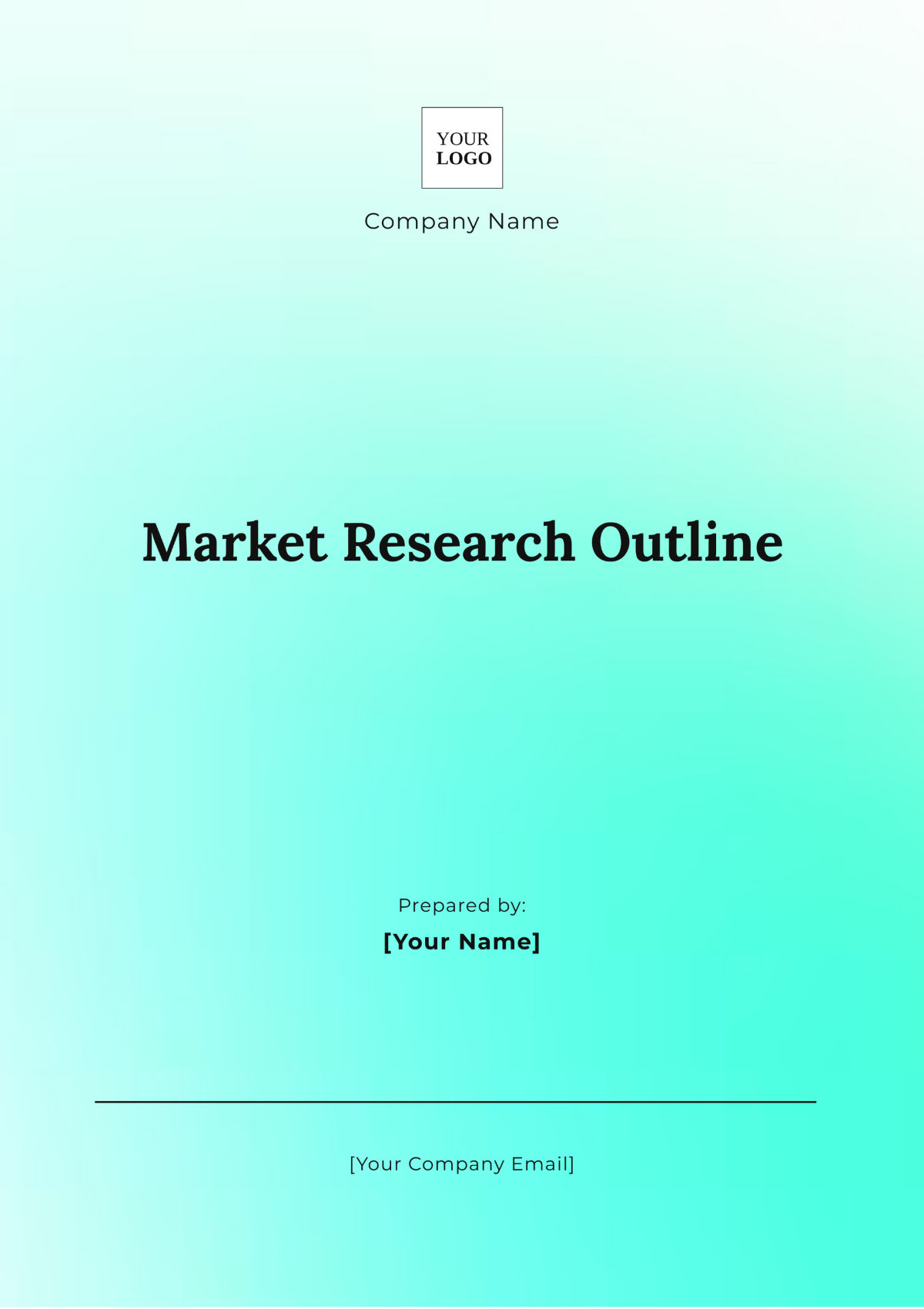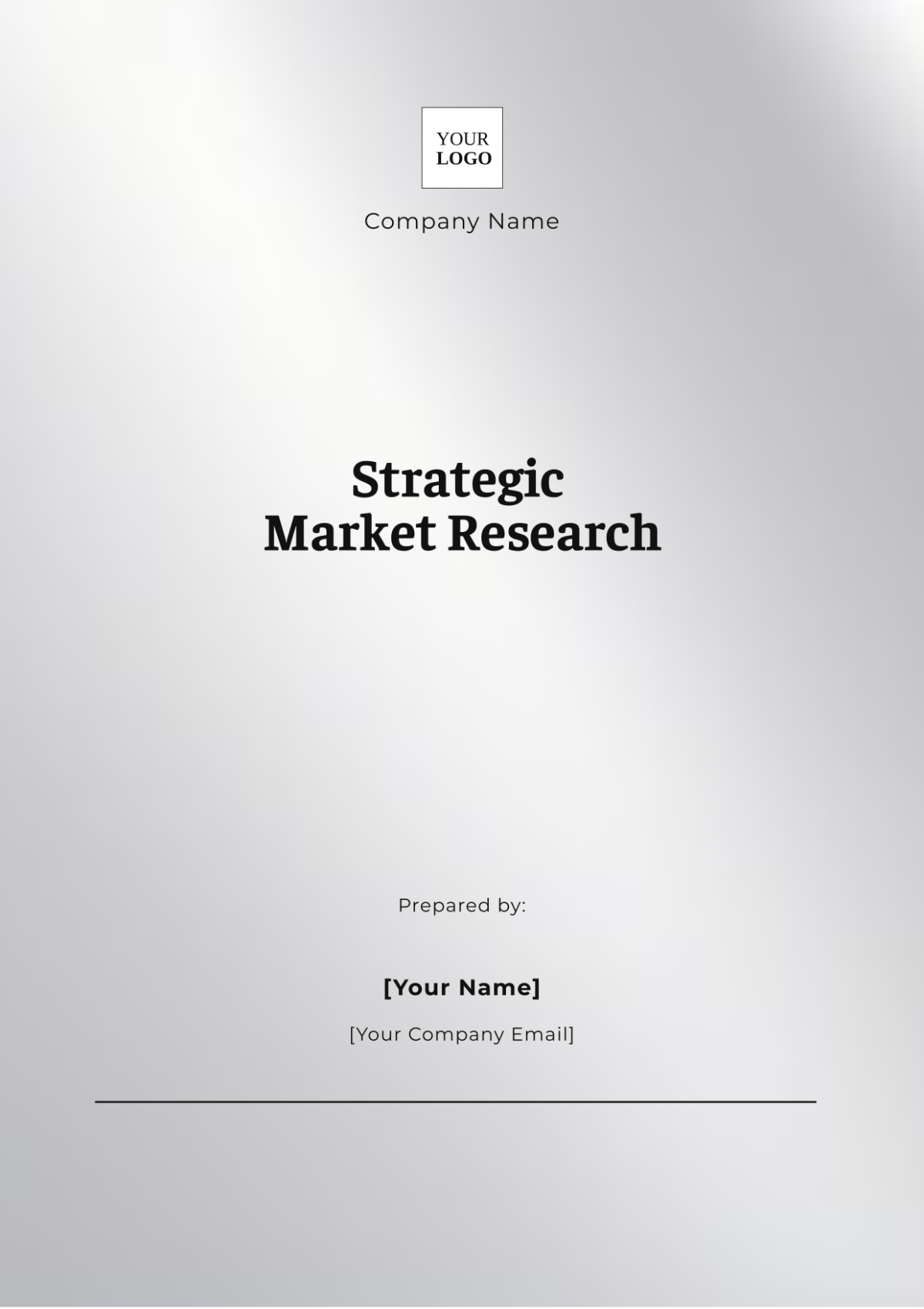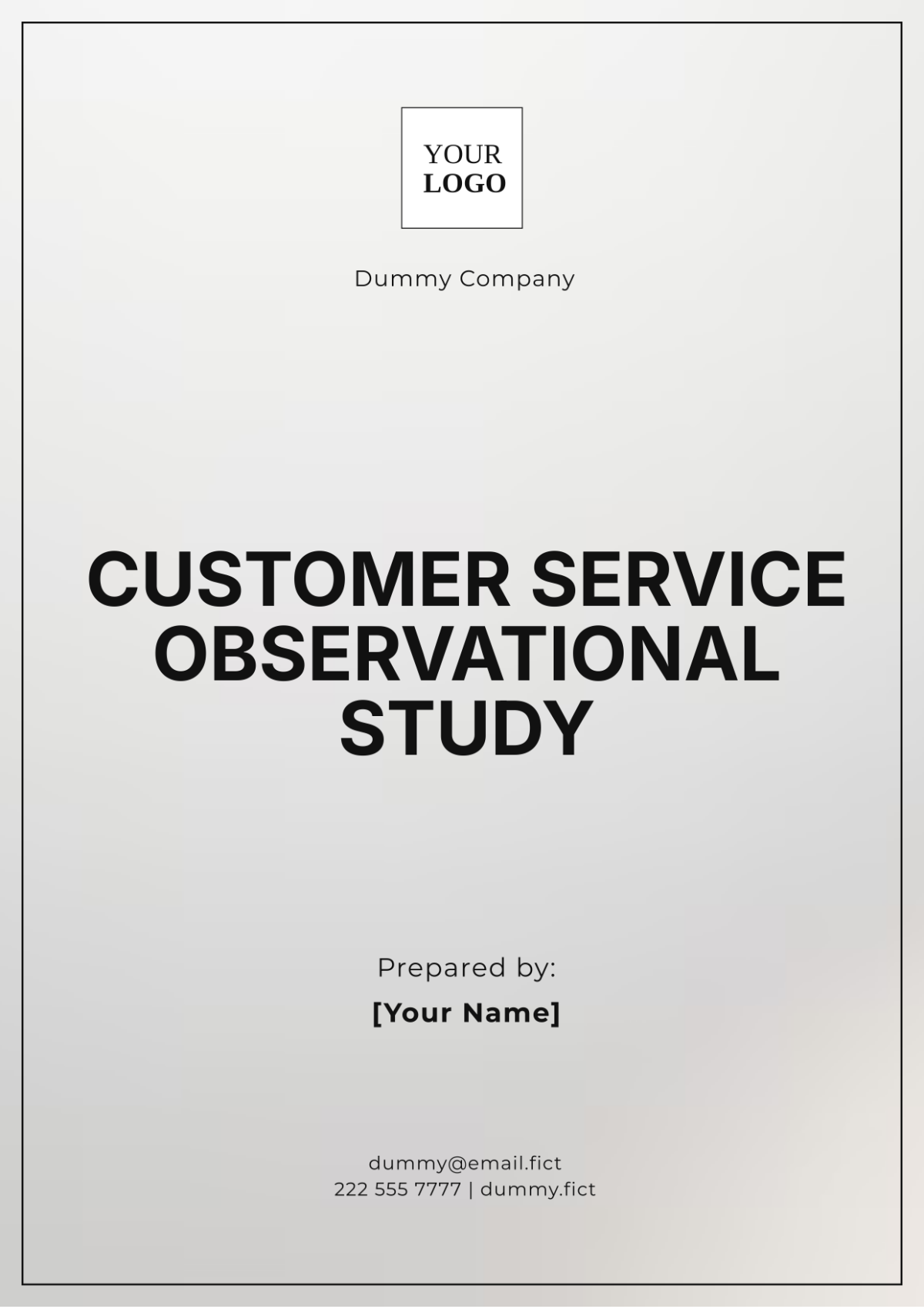Marketing Research For Content Topics
I. Objectives and Goals
In this section, we define our objectives and goals for the marketing research on content topics. Our primary objectives are to better understand our audience's preferences and to create content that resonates with them.
Objective 1 | Objective 2 |
To identify trending and evergreen content topics relevant to our industry. | To analyze competitor content strategies and identify content gaps. |
Goal 1 | Goal 2 |
Increase website traffic by 20% within the next quarter through the implementation of targeted content. | Improve social media engagement rates by 15% by creating content aligned with audience interests. |
II. Target Audience Analysis
Understanding our target audience is crucial for creating content that resonates and drives engagement. In this section, we'll delve into the characteristics, preferences, and behaviors of our audience.
Demographics | Data |
Age | 25-34 years old |
Gender | 52% Male, 48% Female |
Location | Urban and suburban areas in the United States (California, New York, Texas) |
Income | Middle-class to upper-middle-class |
Education | At least a bachelor's degree |
Psychographics | Data |
Interests and Hobbies | Technology, entrepreneurship, travel, sustainable living |
Lifestyle | Values work-life balance, personal development, eco-conscious choices |
Challenges and Pain Points | Time management, career growth, eco-friendly living solutions |
Behavioral Insights | Data |
Online Behavior | Active on Instagram, LinkedIn, Twitter; primarily uses smartphones |
Content Consumption Habits | Prefers video tutorials, blog articles, and podcasts |
Purchase Behavior | Informed purchasing decisions, relies on online reviews and recommendations |
Communication Preferences | Data |
Preferred Channels | Email newsletters for updates, social media for content discovery |
Frequency | Daily engagement, spends 1-2 hours online |
Based on the above insights, we can segment our audience into three distinct personas:
Tech Enthusiasts
Career Climbers
Eco-Conscious Advocates
Our target audience analysis will serve as the foundation for selecting content topics that resonate with them. In the next sections, we'll explore competitor strategies and content ideation to further refine our content plan.
III. Competitor Analysis
Understanding our target audience is crucial for creating content that resonates and drives engagement.
These engagement metrics for Competitor 1 on Twitter paint a vivid picture of their social media success. As we move forward in our research, we'll harness these insights to refine our own content strategy and stay competitive in the digital landscape.
IV. Keyword Research
Effective keyword research is the cornerstone of a successful content strategy. It enables us to identify the terms and phrases our target audience is actively searching for, ensuring that our content aligns with their interests and needs.
Here are keyword research efforts, ensuring our content remains competitive, relevant, and tailored to the needs of our target audience.
Competitor Keywords To gain a competitive edge, we've conducted thorough competitor keyword analysis. By examining the keywords our competitors are targeting, we can identify valuable opportunities and content gaps. | Industry Trends Staying attuned to industry trends is pivotal. We monitor emerging keywords and topics, ensuring our content remains fresh and relevant. For instance, with the rise of voice search, "voice search optimization" has become a trending keyword. |
Long-Tail Keywords Long-tail keywords offer opportunities to connect with highly specific search queries. We explore these niche keywords to capture targeted traffic. | Keyword Tools We employ industry-standard keyword research tools to refine our strategy further. These tools aid in identifying search volume, competition, and trends associated with specific keywords, guiding our content decisions. |
V. Content Audit
A content audit is a critical process that allows us to assess the performance and relevance of our existing content. It helps us make informed decisions about what content to keep, update, or retire, ensuring that our content strategy remains effective and aligned with our goals.
Here’s a structured process that collectively makes up the content audit:
VI. Content Ideation
Content ideation is the creative process of generating ideas for valuable and engaging content that resonates with your target audience. It involves brainstorming, research, and strategic thinking to identify topics and themes that align with your content strategy and audience interests.
By following this structured content ideation process, we ensure that our content remains innovative, relevant, and valuable to our audience.
VII. Content Type and Format
Choosing the right content types and formats is crucial to delivering your message effectively and engaging your target audience. In this section, we discuss the various content types and formats we utilize in our content strategy.
Content Type | Description |
Blog Posts | Versatile format for sharing in-depth information and industry insights. Effective for building authority and driving organic traffic. |
Videos | Visual and engaging content for storytelling, demonstrations, interviews, and communication. |
Infographics | Visual graphics that condense complex information into easily digestible formats. |
Podcasts | Audio format for discussions, interviews, and thought leadership content. |
eBooks and Whitepapers | Long-form content providing comprehensive insights on specific topics. Effective for lead generation and expertise showcase. |
Webinars and Live Events | Real-time interactive sessions for discussions, Q&A, and workshops. Fosters audience engagement. |
VIII. Content Calendar
A well-structured content calendar is essential for maintaining consistency, organization, and strategic planning in your content marketing efforts. In this section, we list down key points on how we create and utilize our content calendar:
|
|
IX. Promotion and Distribution
Our multi-faceted promotion and distribution approach ensures that our content is visible, shareable, and valuable to our target audience, fostering engagement and brand growth.
Social Media | We leverage our social media platforms, including Facebook, Twitter, LinkedIn, and Instagram, to share and promote our content. We tailor our messaging and content formats to suit each platform's audience and engagement patterns. |
Email Marketing | Our email marketing campaigns are instrumental in reaching our existing audience. We send regular newsletters featuring our latest content, encouraging click-throughs and engagement. |
Content Syndication | We collaborate with industry-specific websites and publications to syndicate our content. This extends our reach to a broader audience and establishes us as industry thought leaders. |
Influencer Partnerships | We partner with industry influencers to co-create and share content. Their endorsement and reach enhance our content's credibility and visibility. |
SEO and Organic Traffic | Our content is optimized for search engines to drive organic traffic. We incorporate relevant keywords, meta descriptions, and internal linking strategies. |
X. Measurement and Analytics
XI. Conclusion
In conclusion, our comprehensive marketing research for content topics equips us with a data-driven strategy to create valuable and engaging content. By analyzing our audience, competitors, and industry trends, we are poised to deliver content that resonates. Through meticulous keyword research, strategic ideation, and structured content calendars, we ensure consistency and relevance. Our commitment to performance measurement and analytics allows us to continuously refine our approach. With a focus on audience engagement and conversion, our content marketing strategy remains agile, adaptive, and poised for success in an ever-evolving landscape.
Marketing Templates @ Template.net

















































